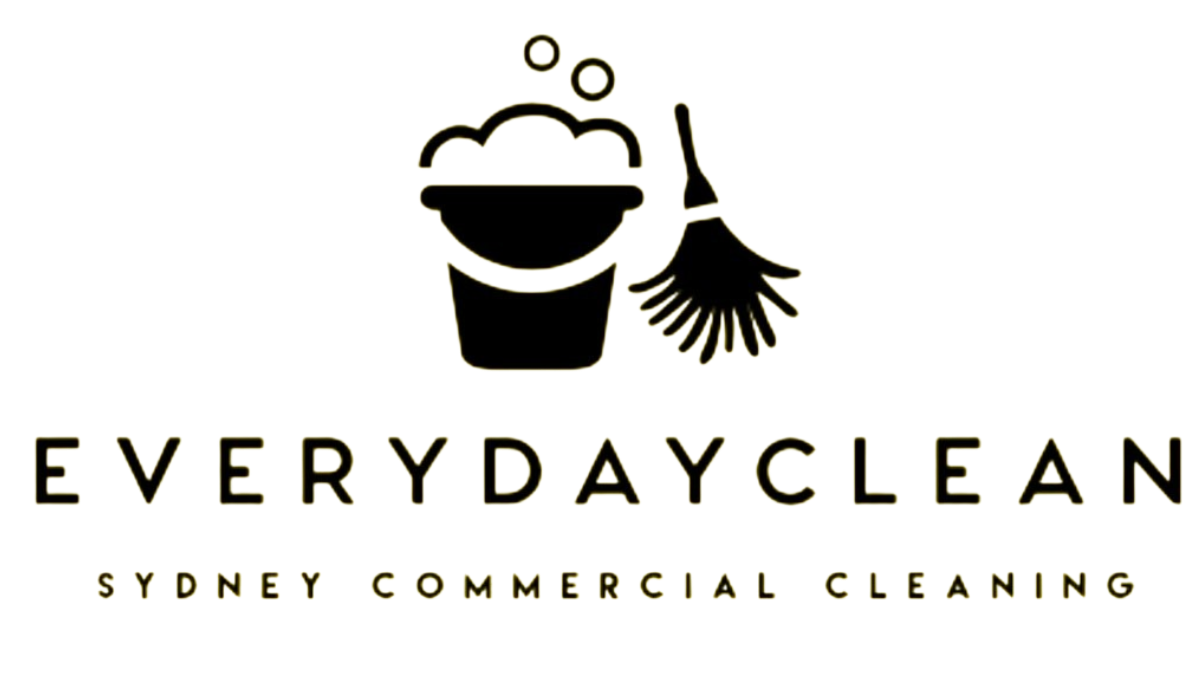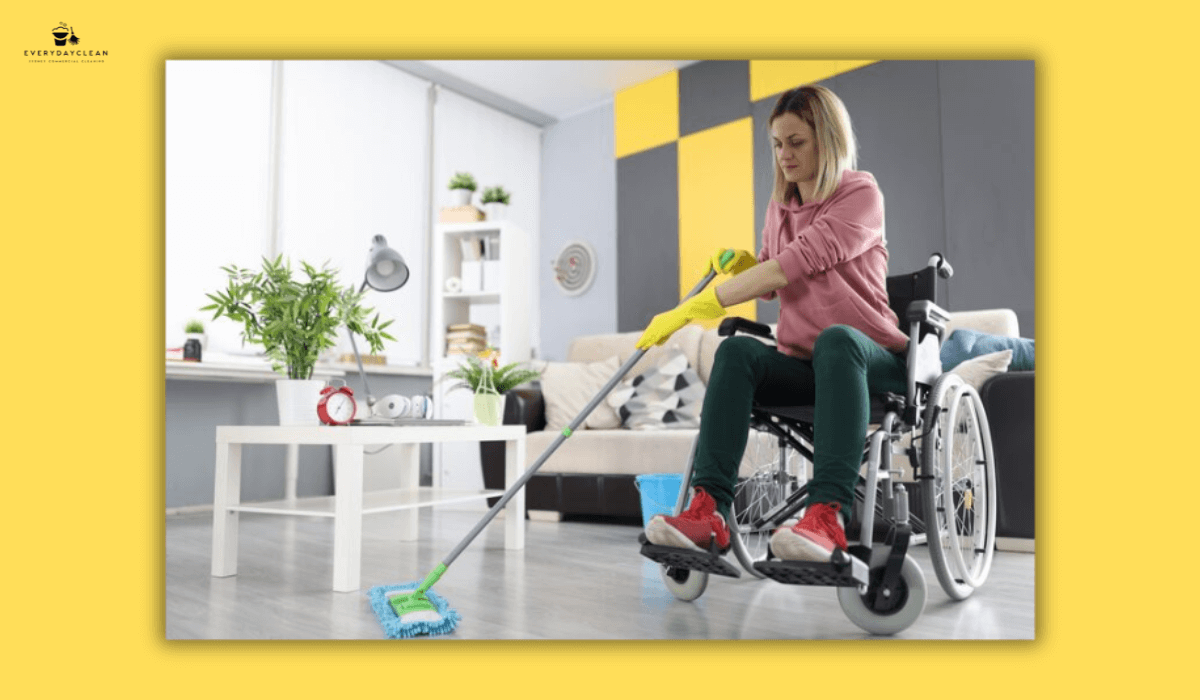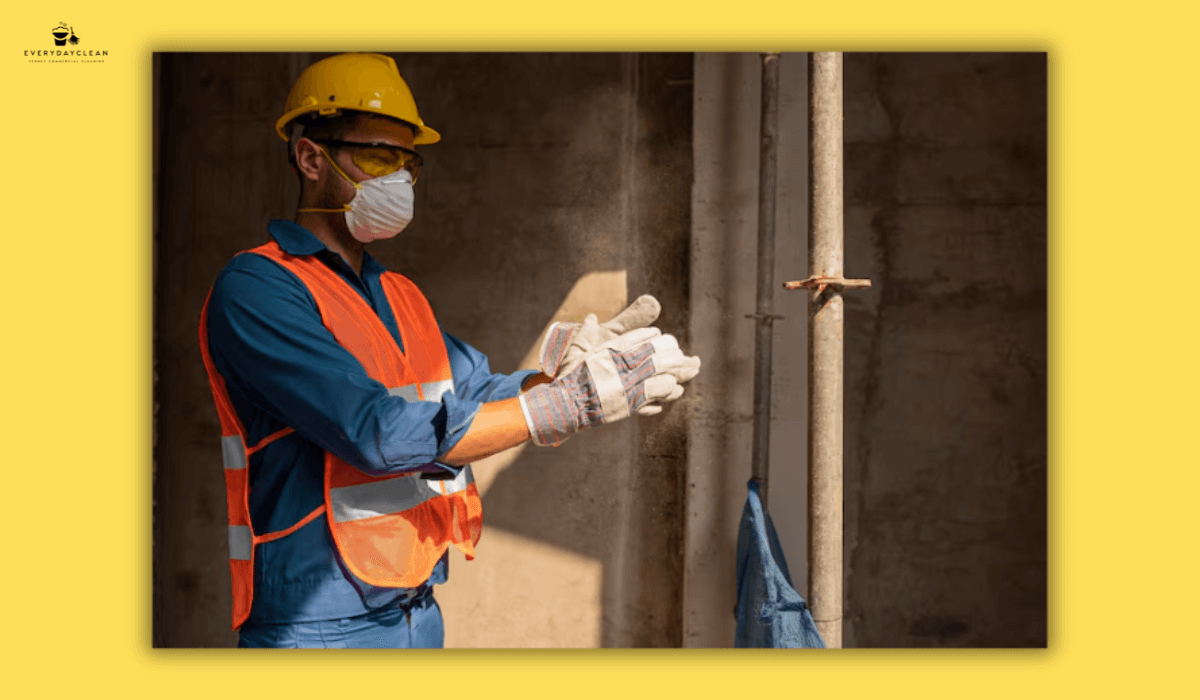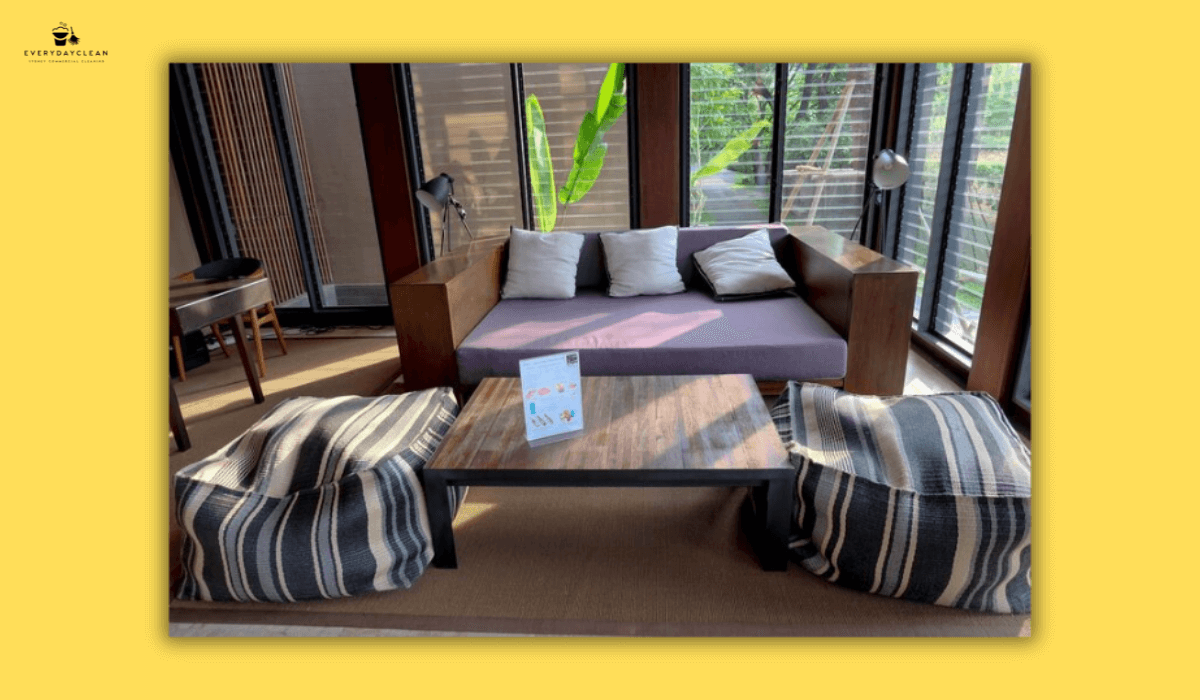7 Steps on How to Clean Rubber Gym Mats
A rubber gym mat cleaning routine plays a crucial role in keeping fitness spaces safe, hygienic, and long-lasting. Rubber mats naturally absorb sweat, oils, and dust, creating an environment where bacteria and odours can thrive. When cleaned properly, they not only look fresh but also retain traction, durability, and elasticity.
To achieve this, every cleaning schedule should focus on removing loose debris, washing with a pH-neutral detergent, disinfecting using non-corrosive products, and drying completely. This process prevents mould, preserves grip, and ensures the gym remains inviting and compliant with Australian hygiene standards. Below is a detailed step-by-step guide designed for both home and commercial gym operators.
Step 1: Sweep or Vacuum to Remove Loose Debris
Start by removing dust, dirt, and chalk that accumulate daily. Fine particles left on rubber flooring can act like sandpaper, gradually wearing down the surface. Use a soft-bristle broom, microfibre dust mop, or vacuum with a brush attachment to collect all visible debris.
In high-traffic areas, particularly around weight racks and entryways, this dry cleaning step should be done multiple times per day. Removing surface particles first allows cleaning solutions to penetrate evenly and prevents muddy streaks later in the process. Clean, dust-free mats also make disinfectants more effective in killing hidden bacteria.
Step 2: Prepare a pH-Neutral Cleaning Solution
Before wet cleaning, always prepare a safe, pH-neutral detergent solution. Harsh acids, bleach, or ammonia can cause the rubber to harden or fade. Combine warm water with a neutral cleaner specifically labelled for rubber or vinyl surfaces, following the dilution ratio on the product label.
This mild detergent lifts sweat, grime, and oils without affecting adhesion or elasticity. For environmentally conscious gyms, opt for eco-certified cleaning concentrates approved under Australian eco-standards. Using improper cleaners might seem convenient, but can gradually erode the mat’s structure, leading to cracks or a slippery finish.
Step 3: Mop or Scrub the Mats Evenly
After mixing the cleaning solution, use a damp microfibre mop or an auto-scrubber (for large areas) to wash the mats. Work in sections, starting from the farthest wall and moving toward the exit to avoid stepping on cleaned zones. Avoid excessive water — over-saturation can seep beneath interlocking mats, encouraging mould growth.
For small spaces, hand scrubbing with a soft nylon brush provides better control. Always rinse and wring out your mop frequently to avoid spreading dirt. This step physically removes body oils and residues that regular sweeping can’t reach, restoring the mat’s grip and colour.
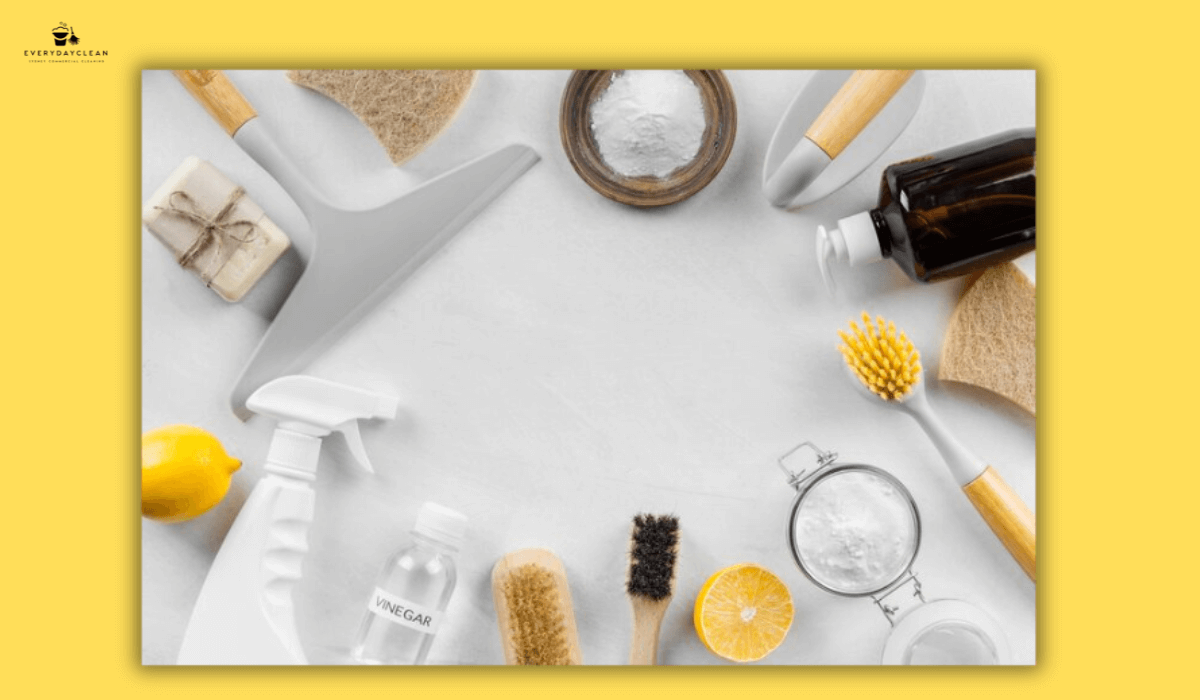
Step 4: Disinfect the Rubber Gym Mats
Once dirt has been lifted, apply a hospital-grade disinfectant safe for rubber flooring. Products based on quaternary ammonium compounds (quats) or accelerated hydrogen peroxide are ideal — they eliminate bacteria, fungi, and viruses without damaging surfaces.
Spray the disinfectant evenly and let it dwell for 5–10 minutes. The dwell time is critical: wiping too early reduces the germ-killing effect. Afterwards, wipe the mats dry with a clean cloth or mop. This stage not only kills pathogens but also neutralises odours caused by sweat and high humidity — essential for maintaining a professional gym environment.
Step 5: Rinse and Remove Residue
Any remaining detergent or disinfectant can create a slick film that attracts dust or increases the risk of slips. Once disinfection is complete, rinse the mats lightly with clean water. Use a fresh mop or a wet-dry vacuum to collect any excess liquid.
When cleaning interlocking mats, slightly lift the edges to release trapped moisture before drying. Never flood the area, as water can weaken adhesive bonds underneath. A residue-free finish keeps the surface safe for both athletes and equipment movement.
Step 6: Dry the Mats Completely
Proper drying is the most overlooked yet most important step in maintaining rubber mats. Residual moisture encourages mould growth and odour, especially in low-ventilation gyms. After rinsing, wipe the mats with absorbent microfibre towels and let them air dry completely before reopening the area.
For faster drying, improve airflow using pedestal fans, open windows, or use industrial air movers if available. In humid environments, run a
dehumidifier overnight to prevent softening or warping. Fully dried mats ensure long-term hygiene, safe traction, and a polished, professional appearance.
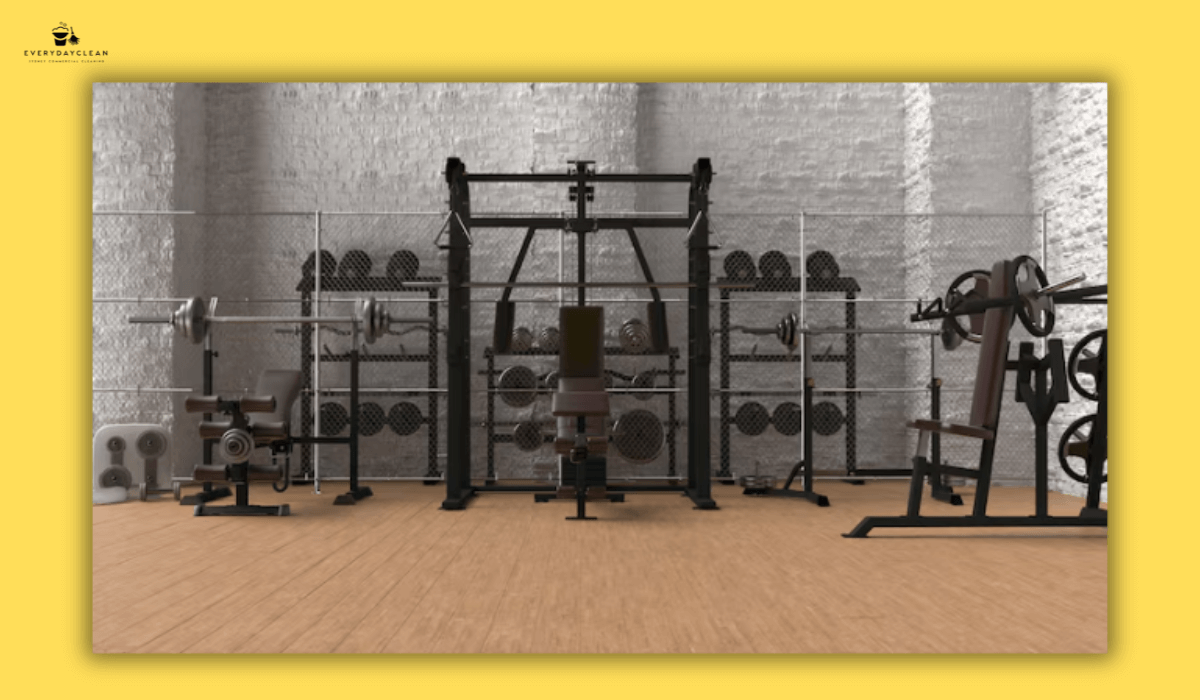
Step 7: Maintain a Regular Cleaning and Deep Cleaning Schedule
Once the mats are clean and dry, keep them that way through consistent maintenance. Create a daily, weekly, and monthly cleaning schedule tailored to gym usage levels. Daily routines should include dry sweeping and spot cleaning, while weekly deep cleans focus on full-surface disinfection and machine scrubbing.
Every quarter, consider hiring a professional cleaning team such as Everyday Clean to perform a commercial-grade deep clean using extraction systems and eco-safe products. Regular maintenance extends the lifespan of your mats and reinforces your gym’s commitment to cleanliness and member safety. For operators building consistent workflows, this gym cleaning checklist can serve as a useful framework to systemise daily, weekly, and monthly tasks.
Common Mistakes When Cleaning Rubber Gym Mats
Before moving to specific FAQs, it’s worth identifying common errors that often undo even the best cleaning efforts. Many gym owners use improper chemicals or cleaning tools that cause more harm than good.
Avoid:
- Using
bleach, vinegar, or acidic cleaners, which degrade rubber.
- Over-wetting floors, allowing water to seep under mats.
- Skipping disinfectant dwell time reduces germ-kill performance.
- Using
abrasive brushes or steel pads that scratch the surface.
- Failing to ventilate the space after cleaning which leads to odours.
Correct technique matters as much as the products themselves — consistent cleaning done the right way ensures both performance and safety.
FAQs: How to Clean Rubber Gym Mats
Before diving into the most common questions, note that the frequency and method of cleaning rubber mats vary depending on foot traffic, humidity, and flooring type. These FAQs help address the most frequent real-world issues encountered by gym owners and facility managers.
Can you use bleach on rubber gym mats?
Bleach should never be used on rubber mats. It reacts with binding agents in the material, causing cracking, fading, and surface hardening over time. Instead, use a pH-neutral detergent or a rubber-safe disinfectant such as quats or hydrogen peroxide. These options remove bacteria and odour without damaging the mat’s structure.
What is the best cleaner for rubber gym mats?
The best cleaner is one that’s both pH-neutral and non-acidic. Look for cleaning solutions specifically formulated for rubber flooring, such as neutral floor detergents that meet Australian safety standards. Avoid generic household cleaners — they often contain solvents or dyes that strip away the mat’s protective coating and leave streaks or sticky residue.
How often should rubber gym mats be cleaned?
For commercial gyms, rubber mats should be swept daily, wet-mopped three to five times a week, and deep cleaned weekly. During flu season or periods of heavy use, increase disinfection frequency. Regular maintenance prevents microbial growth, improves air quality, and enhances the visual appeal of your facility — key factors for retaining gym members.
How to get rid of the rubber smell from new mats?
New mats often emit a noticeable “rubber” odour due to off-gassing compounds. Clean the mats with a neutral detergent, rinse thoroughly, and ventilate the area for 48–72 hours. The smell will naturally fade with airflow. For stubborn odours, place activated charcoal bags or baking soda sachets around the gym to absorb airborne compounds effectively.
Does vinegar damage rubber gym flooring?
Yes — vinegar is acidic and slowly breaks down the chemical composition of rubber. Though often promoted as a natural cleaner, it’s unsuitable for gym mats. Over time, it can dull the surface and make it brittle. Instead, stick to neutral or enzymatic cleaners designed for rubber materials. They are equally effective and far safer for long-term use.
Conclusion
Understanding how to clean rubber gym mats properly ensures a hygienic, odour-free, and safe fitness space. Regular sweeping, pH-neutral cleaning, and proper disinfection preserve both the mat’s texture and appearance while reducing bacteria and mould risks.
For gyms across Sydney, Everyday Clean provides professional gym cleaning services that follow industry best practices and use rubber-safe, eco-friendly products. A consistent cleaning routine not only protects your investment but also enhances member experience through cleanliness, safety, and care.
Author: Everyday Clean Content Team
Everyday Clean is Sydney’s trusted provider of commercial cleaning services for gyms, offices, schools, and childcare centres. Our licensed professionals use eco-friendly, TGA-approved cleaning solutions to deliver spotless, safe, and compliant results across all facilities.
